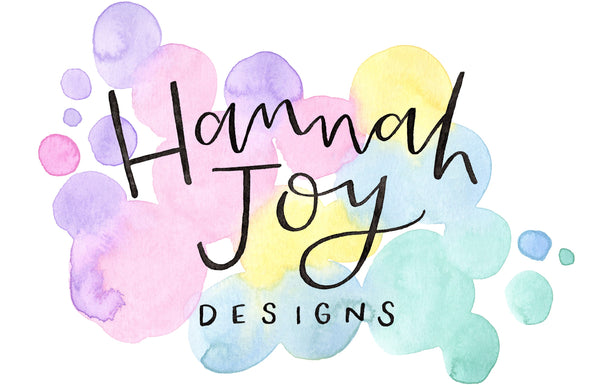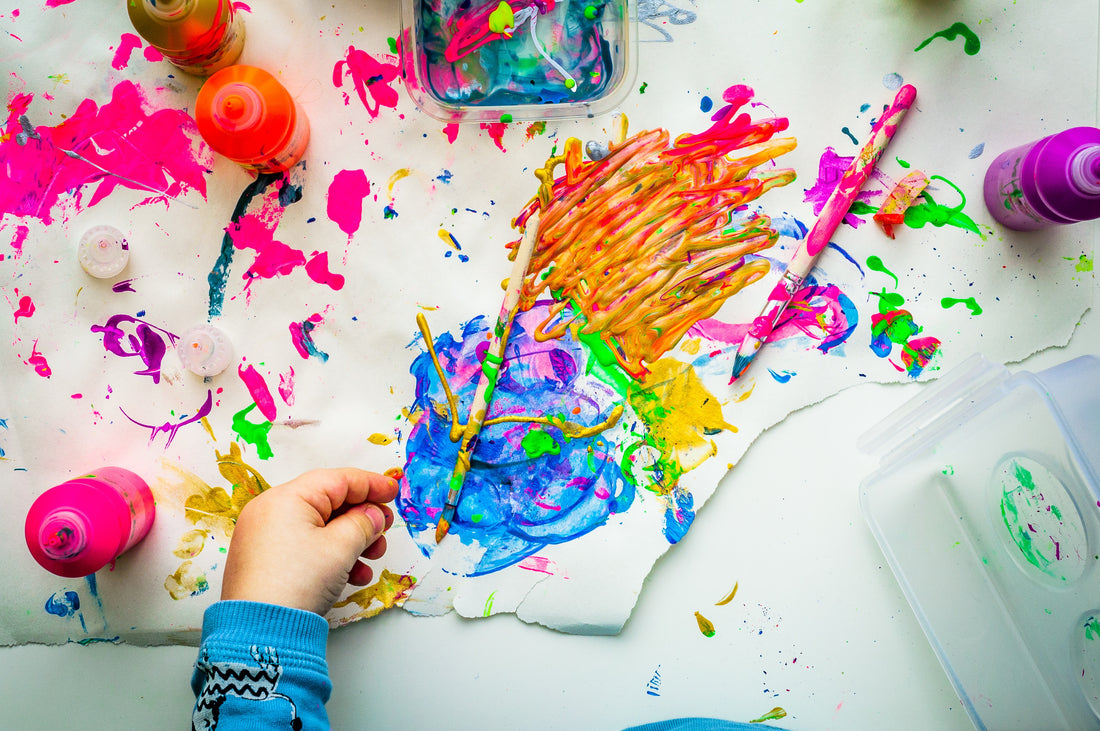I am a creative person and I love to design and make, I mean I managed to make a business from it! But aside from my interest in being creative myself, I am also hugely passionate about encouraging creativity in children. So, let’s talk about what that can look like and how we can promote creativity, because the benefits to children when they develop these skills are massive. I am not talking about pre-prescribed ideas of what they should create and how it should look, not everything needs to look like a Pinterest board (although there is nothing wrong with these kind of activities and I have some great examples of these on offer in my shop!). I am talking about them having absolute freedom in their creativity, without adult structure but with the right encouragement and opportunities.
Being creative doesn’t always mean putting pen or paint brush to paper. That of course is one way of being creative, but your child doesn’t need to be arty to be creative. So, if your child doesn’t like drawing or painting don’t worry, they aren’t going to miss out on developing this important skill.

So if being creative isn’t just art that you can stick on the fridge then what is it? The definition of creativity is ...
‘The use of imagination or original ideas to create something’
So just by definition it is already clear that there are so many ways that this can be encouraged. For example, through storytelling and imaginative play, building with lego, making dens, play dough etc etc. Also we must bear in mind that imagination and original ideas do not come from being told what to do, freedom to explore and come up with their own suggestions and solve their own problems along the way is really important.
There are unlimited benefits to having the freedom to create. It helps to develop so many areas of learning and gives them life skills that will be hugely beneficial as they grow. Creative freedom helps children to develop social and emotional skills, they will start to think logically and begin to grow problem solving skills. Having the opportunity to come up with their own ideas without restrictions develops imagination and confidence and also helps them to find ways to communicate their own thoughts and feelings. They will be able to play out emotions and thoughts in a variety of ways which in turns helps them to manage them more effectively.
Creative learning uses different parts of the brain which will be supportive to all areas of learning and development throughout their whole lives. It also encourages out of the box thinking which all the most successful people in the world have.

So as a parent how can you encourage your children to be more creative? Despite them needing the freedom to be creative you may need to have some input just like you have with every skill they have learned. They may need you to make suggestions and provide them with resources etc. Asking children open ended questions is a really good start, closed questions that only have a right or wrong answer are a dead end to creativity, but asking them questions that make them think and have an opinion will get their creative minds ticking.
Creativity needs choice, if you are going to do painting then give them a variety of colours and tools and types of paper so that they can choose what to create. And on that note and almost most importantly, remember that the end product does not matter when it comes to being creative. They may draw the most beautiful picture and at the end of it colour over the top. This is probably all part of the story so rather than stopping them remember those open ended questions and ask them about it. And mistakes are ok, if children are scared to get it wrong or make mistakes then it inhibits their creative thinking, So letting them know that it's ok if it doesn't go to plan and that they can try again in a different way is all part of being creative.

Follow their lead, they will often want you to join in with their play and its easy to take over with your ideas but follow their lead in play and let them create the story or plan what you are going to do. Again ask those open ended questions such as ‘what happens next?’ You can make suggestions of course but try to build on their ideas and offer choice.
Remember that just like letting them make mistakes, no idea is a bad idea. They might need their ideas taming slightly at times as I don't expect you to throw all the rules out of the window. But rather than saying no, have a discussion about it and make some different suggestions and choices that they can build on. They don't need you to give them all the answers, let them think creatively and come up with those on their own, perhaps just sway them in a different direction and help them come up with a safer or more appropriate idea.
Technology is great for many different reasons and there are plenty of apps that will encourage creative thinking but there are also limits and restrictions with technology that just getting outside and using you imagination with a stick for example can't beat. So to really encourage creativity put the tablets down and let them use their imagination.
Lastly try not to worry about the mess or looking silly, not always easy I know!!


